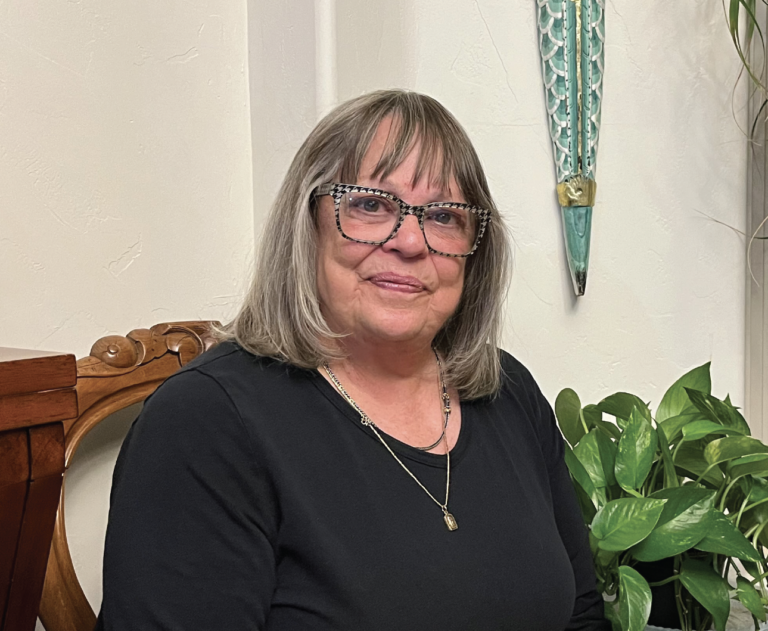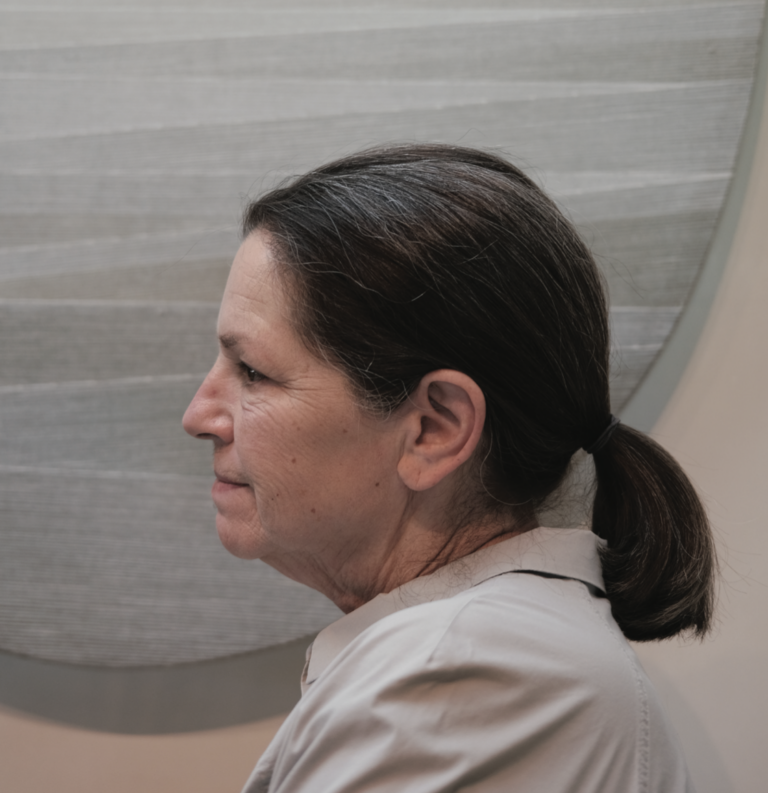THESE DAYS, VENTURE CAPITALISTS are flocking to the alphabet soup of AI, ML, and NFTs. Not the Cottonwood Fund. Dave Blivin and his team are eschewing software fads and focusing on helping science hardware companies – companies with old-fashioned things like proprietary technology and patents. Even harder to believe is that they work with innovators in the Southwest and are based in – you guessed it – Santa Fe. Well, it worked. Pitchbook calls Cottonwood “one of the best performing VC funds with an internal rate of return of 46%.”
Your fund, Cottonwood, does not invest in software platforms, artificial intelligence, apps, or biotech. That makes you pretty unusual among venture capitalists.
Yes. Most of the venture investors have shifted to software: software as a service, blockchain, AI, mobile apps. We’ve all seen some of these kinds of companies – Twitter, Facebook, etc. – turn into multi-billion dollar companies overnight. Which seems way easier than having to physically build something that works. But the problem you run into is lack of barrier to entry. If you don’t have proprietary tech or a patent, other, better-funded competitors can quickly surpass you.
We have always been focused on the “hard tech,” disruptive companies. Our companies are taking a whole new approach to solving a problem, doing something no one’s ever done before. Quite often in our due diligence, we hear from industry experts that what we’re trying to do can’t be done, that it will never work.
So if you go through our whole portfolio, the constant theme is disruption, creating new industry standards. We don’t focus on any one industry, we just look for disruptors in the Southwest. And, amazingly, out of the 20-plus investments we’ve done to date, all of the tech has worked. All of the technology that we were told can never be done has been done. Every single one has worked.
At what stage do get involved with companies?
If start-ups go to angel networks – typically the first round of investors – they’ll put in $100-500K. But that doesn’t really work because it’s not enough to build a team.
Because here’s the thing: Money follows management. At the end of the day, all that really matters is people. Technology by itself doesn’t create anything. Money by itself doesn’t create anything. Money is simply a way to connect ideas to people. Ultimately, you have to have people to build the value proposition and business model.
So after your angel investment, how do you get to the next round, the next level of investment? Because people who write checks for two to ten million dollars want to see a solid team in place.
Given that, what we do differently is initially invest more like two million so the full team can be in place. That’s been our key to success. Once the technology works and the team is in place, they become very interesting to Fortune 1000 companies, all of which have venture groups. Today, these big companies don’t do their own innovation or research and development. They are basically marketing and distribution companies. Almost any big company you can think of acquires its innovation externally now, and they don’t care where it comes from because good ideas are coming from everywhere. Including New Mexico.
How did you land in New Mexico?
My wife’s mother lives in Santa Fe, and she asked me, Why don’t you go to New Mexico? And I’m like, That’s great, but what am I going to do there? Interestingly, it turns out there’s more venture activity here than you might think.
There are a lot of innovators in the Southwest. I am regularly in talks with the University of Colorado, Arizona State University, Texas A& M, UT Austin, UNM, New Mexico State, as well as all the labs.
What are some of your portfolio companies?
mPower Technology is an interesting one. They came out of a Sandia National Lab and have developed micro solar cells for the space industry. Today, you have this explosion of low orbit satellite companies like SpaceX and Amazon installing constellations by the thousands. And mPower is the first silicon-based satellite tech, so it’s lightweight, thin, and flexible. You get more solar power in a much smaller footprint. They’ve almost become the default application for space.
Another New Mexico company is Bayotech. They’re in the hydrogen space and have now raised over $200 million. With large electric vehicles like trucks, the weight and cost of batteries becomes prohibitive. So hydrogen fuel cells become a critical energy source. What’s unique about the Bayotech technology is that its modular and can be scaled down to small production, so you can produce it on-site. This eliminates transportation, which is typically half of total fuel cell costs.
Another interesting thing about these companies is that they all have a huge positive impact on sustainability and carbon footprint.
Take our electric motor company, Infinitum Electric. About 50% of all electricity in the world is consumed by electric motors. Their electric motor is totally different – they’ve removed all of the iron and have reduced the size and weight by two-thirds while increasing efficiency by 10%. Ten percent of all the energy being consumed by electric motors in the world? That’s a huge impact.
So Santa Fe has been good for Cottonwood.
When we started this fund, I did not expect to have many investments coming from New Mexico because we were surrounded by Arizona, Texas, and Colorado. But half of our investments are New Mexico-based companies.
From an economic development standpoint, we like to think we’re helping New Mexico grow companies with local innovation – anything we can do to improve the ecosystem for the companies we’re invested in. Everybody wins.
Learn more at cottonwood.vc
Photo Andy Johnson








